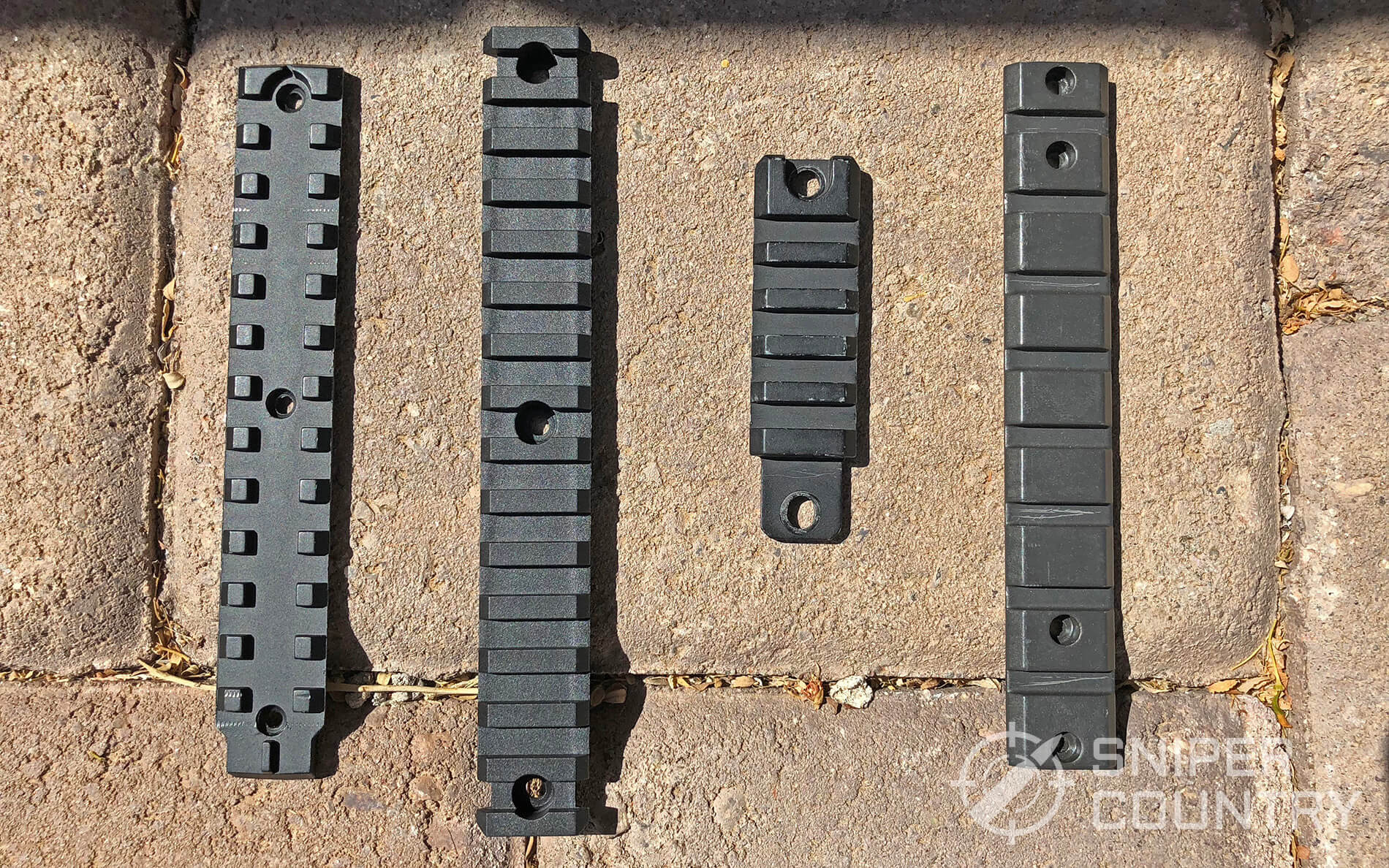T Slot Vs Rail Lock

- The 5 slot model connects with three M-Lok nuts which will spread the increased stress of large Picatinny accessories like bipods or vertical grips over more M-Lok slots. The 3 slot version is useful when less rail space is required. Picatinny slots: 5 or 3. Height over mounting surface: 0.277' Length: 2.15' (5 slot), 1.37' (3 slot).
- Unique Tear Away T-Slot. Easy Fastening Of Bolt On Panels. MiniTec supplies bent sheet metal. Our press brake & shear can fabricate up to 1/4' aluminum or steel. Order your next aluminum frame complete with plates and panels fully assembled and all from one source. Buy your next t-slotted frame from a full service metal fabricator.
The M-LOK is similar to the KeyMod system in that both involve locking a nut into a slot on the rail. The M-LOK system uses a rectangular T-Nut and a rectangular slot. To mount an M-LOK accessory: Orient the T-Nuts so that they will sit in the M-LOK slots. The accessory is correctly seated in the slot if the bottom of the accessory is flush.

- Metric T Slot Aluminum Profiles
- Connectors
- Fasteners
- Accessories
- Frame to Floor
- Panel Accessories
- CarboSix Carbon Fiber
A major advantage of using modular aluminum framing over welded steel is that the t-slot that allows infinite mounting locations for accessories. Common examples of these are in-fill panels, interlock switches, pneumatic or electronic components, mechanical components, etc. Depending on the profile series chosen you can select a wide variety of thread sizes to best fit the component you are trying to mount. The hardware is typically categorized by a t-slot width designator within the product ID that will allow a fast understanding of commonality with a particular profile size.
Ex: TN10M6 - a t-nut for the 10mm wide t-slot that is found on 40mm profiles and up and will show a symbol. Also, this t-nut has an M6 thread and will work on any profile showing the corresponding t-slot symbol allowing fast reference.
Once the t-slot width is identified it’s a simple choice for thread size based on the component being mounted & the style of fastener desired. The most common fastener type is the t-nut. This is a post-assembly or drop-in style that can be inserted anywhere the t-slot is available. This series nut has an elliptical shoulder which, with a 90° turn, aligns within the upper portion of the t-slot & locks into the t-slot with a strong, vibration proof & electrically conductive connection.
Roll-in or Drop-in t-slot nuts function in a similar fashion with the additional benefit of having either a leaf-spring, ball-spring or set-screw for retaining their position in the t-slot. This is very beneficial when used for mounting table-tops or surface mounted plates as you don’t want these fasteners to move when the top is un-bolted. These also hold their position when used in a vertical t-slot & won’t slide down or fall out.
T-Bolts are commonly used & function just as the t-nuts do in that they have a similar shaped head with the locking feature & a male thread available in various lengths. Use the –“W” suffix & a flange nut will be included to assist in the mounting of your clad-on panel or other equipment. As you can see below, here are all the aluminum fastener types we carry.
Fastener Types We Carry
• Roll-In Nuts
• Drop-In T-Nuts
• T-Bolts
• T-Slot Nuts
T-Nuts: -Different components can be fastened to the t-slot. This could be removable panels, switches, etc. |
Roll-in T-nuts (Ball-Spring): -Made for metric profiles. Roll-in T-nuts (Leaf-Spring): - Made for metric and inch profiles. |

Square T-nuts: -Made for metric profiles. |

X300 T Slot Vs Rail Lock

Drop-in T-nuts (Leaf-spring): -Made for inch profiles Drop-in T-nuts (Ball-Spring): -Made for inch profiles. Drop-in T-nuts (Set Screw): -Made for inch profiles. |
T-slot Nuts (Slide-in): -Made for metric profiles. |
Standard T-nuts: -Made for inch profiles. |
T Slot Aluminum Extrusion Track
Economy T-nuts: -Made for inch profiles. |
T Slot Vs Rail Lock
Double Economy T-nuts: -Made for inch profiles. |
Locking Rail System
T-bolts: -Made for both metric and inch profiles. |